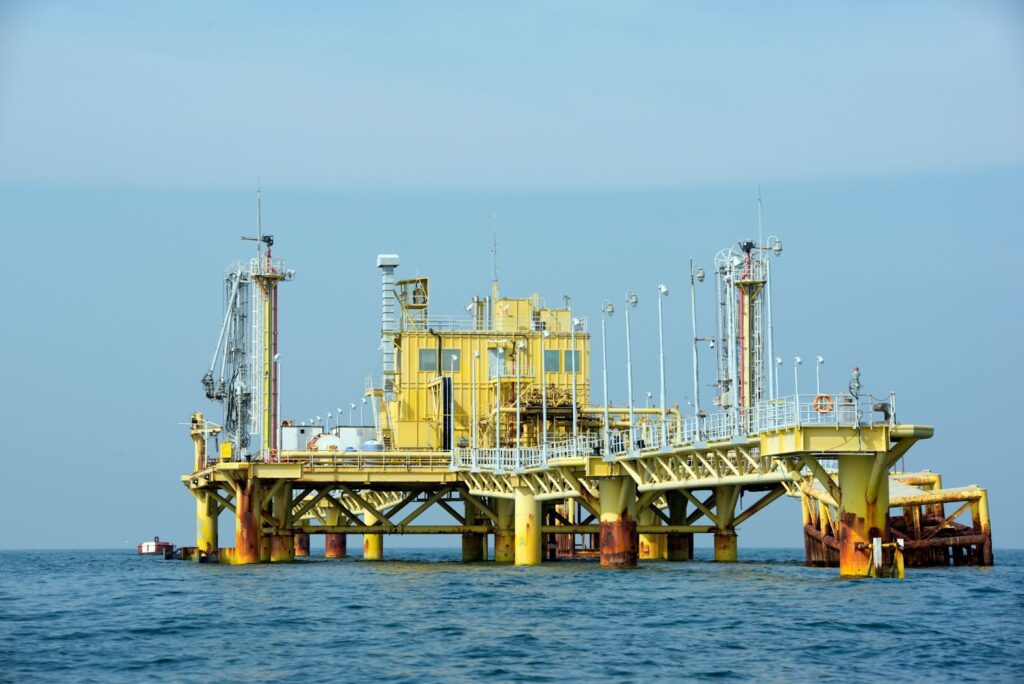An offshore building intended for the production and processing of natural gas or oil is referred to as a “oil rig” or “oil platform.” These structures function almost exactly like an oil drill on land, but offshore platforms need extra elements to work at sea. These consist of heliports for on-site transportation, crew housing, and cranes for equipment transfer to and from workboats. ROV Pipeline Inspections
To locate oil and gas resources, a 3D seismic survey is the first step in the process. Once discovered, wells are dug thousands of metres deep for collection, and pipelines are put in place to transport the recovered gas and oil to processing plants.
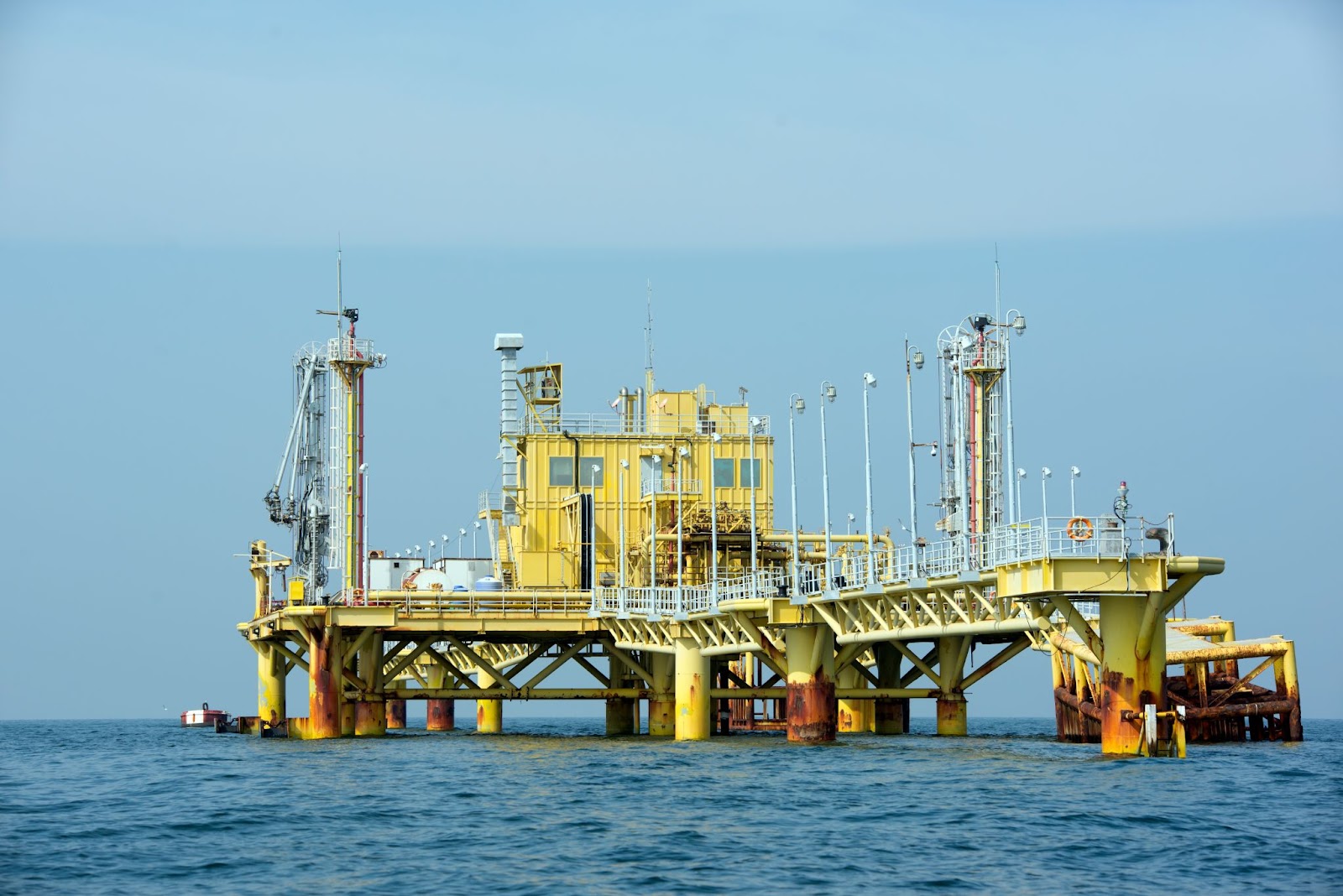
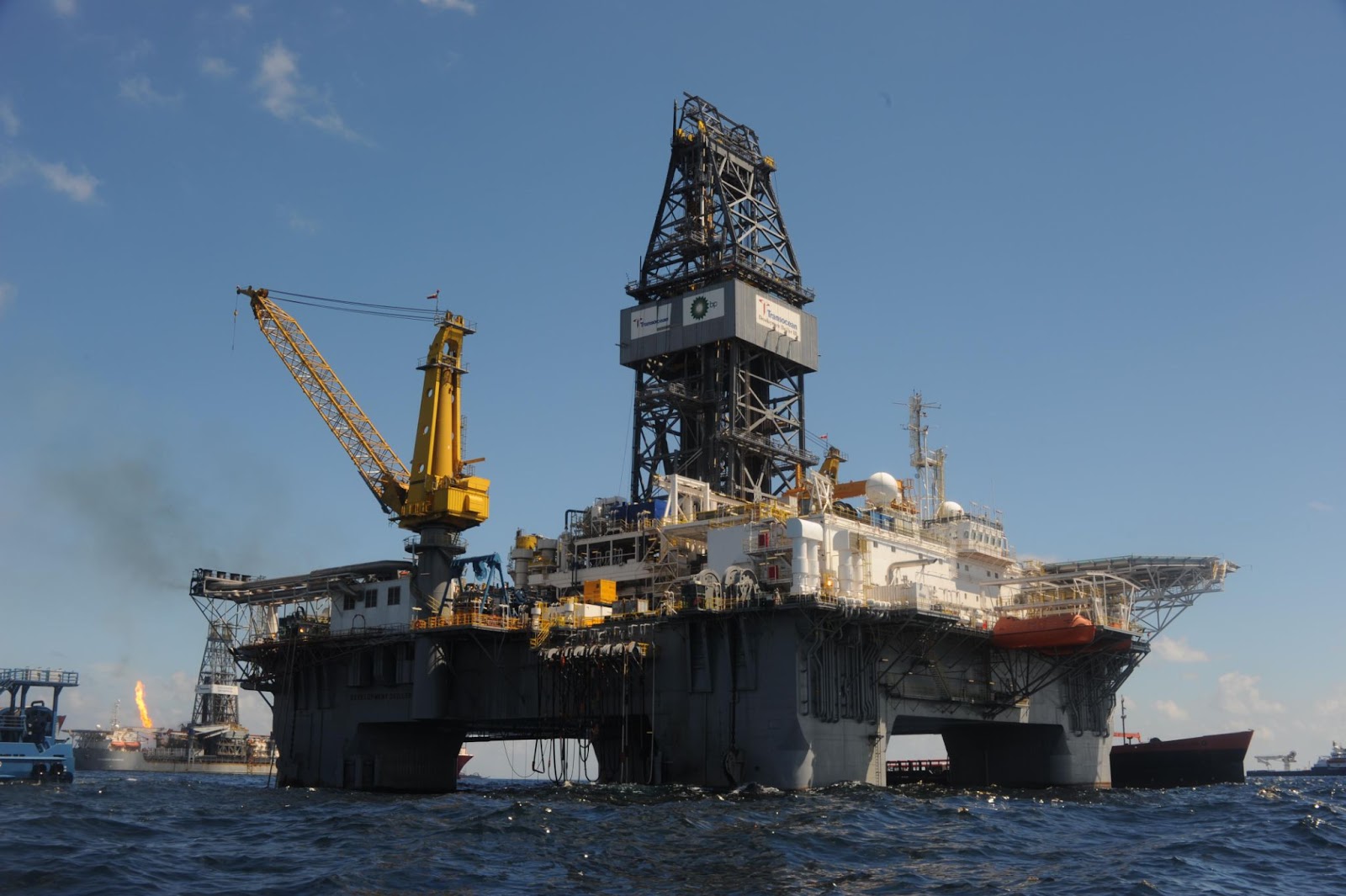

Fixed Platforms
Ideal for shallow depths, fixed platforms are directly attached to the sea floor. A steel leg design typically is attached to the sea bed via piles or footings, however it is also possible for concrete legs to rely on their weight alone for stability. Fixed platforms are generally chosen for long-term projects where it makes sense to construct a permanent structure.
Self Elevating Platforms
Self Elevating Platforms are similar to fixed, however they have the benefit of added mobility. Rather than being permanently fixed to the ground, self elevating rigs have built-in moveable legs that can be raised or lowered to temporarily set up a drilling station. Since the rig still operates on physical legs, self elevating platforms are also limited to shallow waters.
Semi-Submersible Platforms
Once operations require working at depths over 500 meters, platforms that attach to the seafloor are no longer economically viable. A semi-submersible platform uses ballast pontoons to elevate the operating deck far above the water level. The name “semi-submersible” relates to the fact that a portion of the hull structure can be submerged for stability through wave loadings.
Drillships
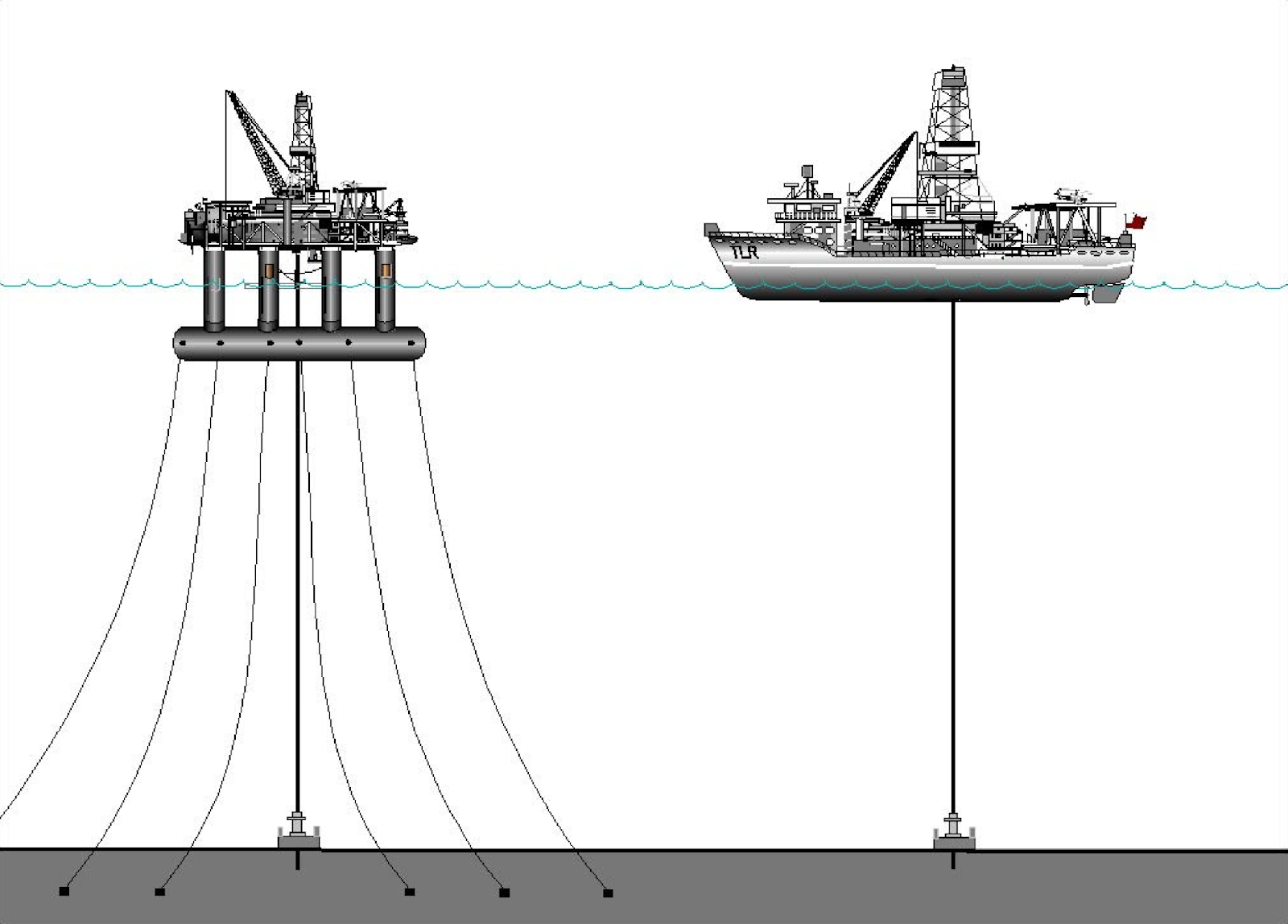
Diagram of semi submersible (left) vs. drillship (right)
Drillships, as the name suggests, are large vessels capable of offshore drilling operations. Capable of drilling thousands of meters, drillships offer benefits in portability as well as deep sea operation. Traditionally, drillships were also capable of mooring, however in modern practice, drillships have evolved to use advanced positioning systems to hold station. These systems will control the ship’s thrusters to combat natural forces, however stability is less in comparison to other drilling platforms.
Drilling Barges
A drilling barge, similarly to a drillship, floats on top of the ocean surface rather than mooring to the seafloor. Alternatively to a drillship, barges are not pilotable, making it necessary to tow these large floating platforms from place to place. Barges are generally only used for shallow or onshore drilling, since the hull is required to be brought to rest on the seafloor once positioned.
Interested in learning more about all the current offshore platforms? Check out our full article here
WHY ARE REGULAR OFFSHORE OIL ROV PIPELINE INSPECTIONS IMPORTANT?
Pipelines made prior to the early 1970s are often considered as aged or old pipelines. Their metallurgical constituents and external corrosion coating effectiveness lower quality in comparison to pipelines of today. According to a recent report from the U.S. Department of Transportation, in 2022 there are still millions of miles of pre-1970s pipe mains being used today.
Many aged structures have suspected weak points and smaller leaks that over time become larger, creating worsening conditions for the structure. Leaks can be massive and catastrophic, garnering a lot of unwanted negative attention. Having an issue like Deepwater Horizon or Exxon Valdez has obvious environmental degradation, public backlash and safety compromises.
By implementing dedicated procedures of regular inspections, issues like suspected weak points or small leaks can be addressed before escalation. Building a consistent portfolio of inspection reports allows for effective asset status monitoring and more economical forecasting of routine repairs. As an end-state, this will result in higher efficiency and increased safety for everyone involved, as well as surrounding areas.
USING ROVS IN SUBSEA ROV PIPELINE INSPECTION AND REPAIR
Underwater ROVs are rapidly becoming the standard for inspections of submerged structures. Highly maneuverable and capable of diving far beyond the capabilities of human divers, ROVs can be used for a variety of GVI, CVI, or DVI inspections. Depending on the working depths or conditions, different classes of ROVs may be required.
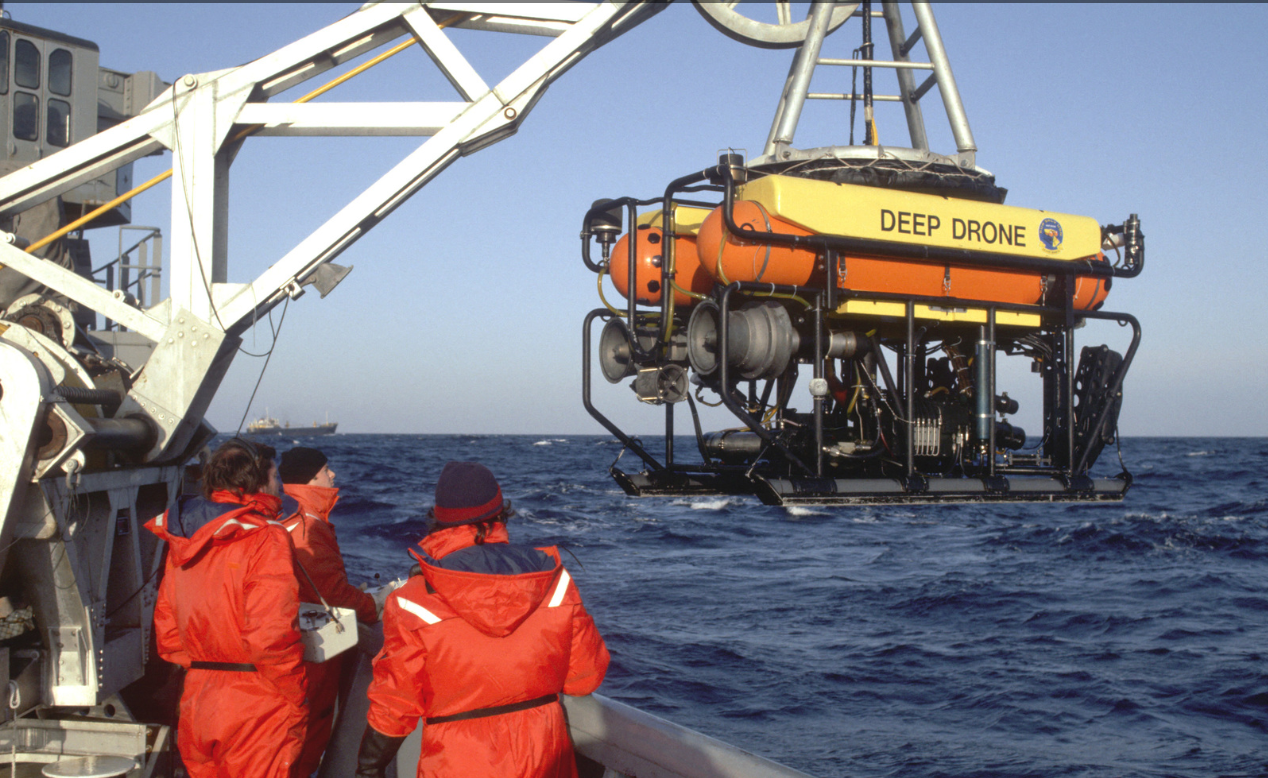 Work Class ROVA work class ROV is used for ocean floor exploration and inspections at immense depths that divers are unable to reach. Capable of diving thousands of meters, these massive vehicles require full topside power generation and crane systems for deployment.
Work Class ROVA work class ROV is used for ocean floor exploration and inspections at immense depths that divers are unable to reach. Capable of diving thousands of meters, these massive vehicles require full topside power generation and crane systems for deployment.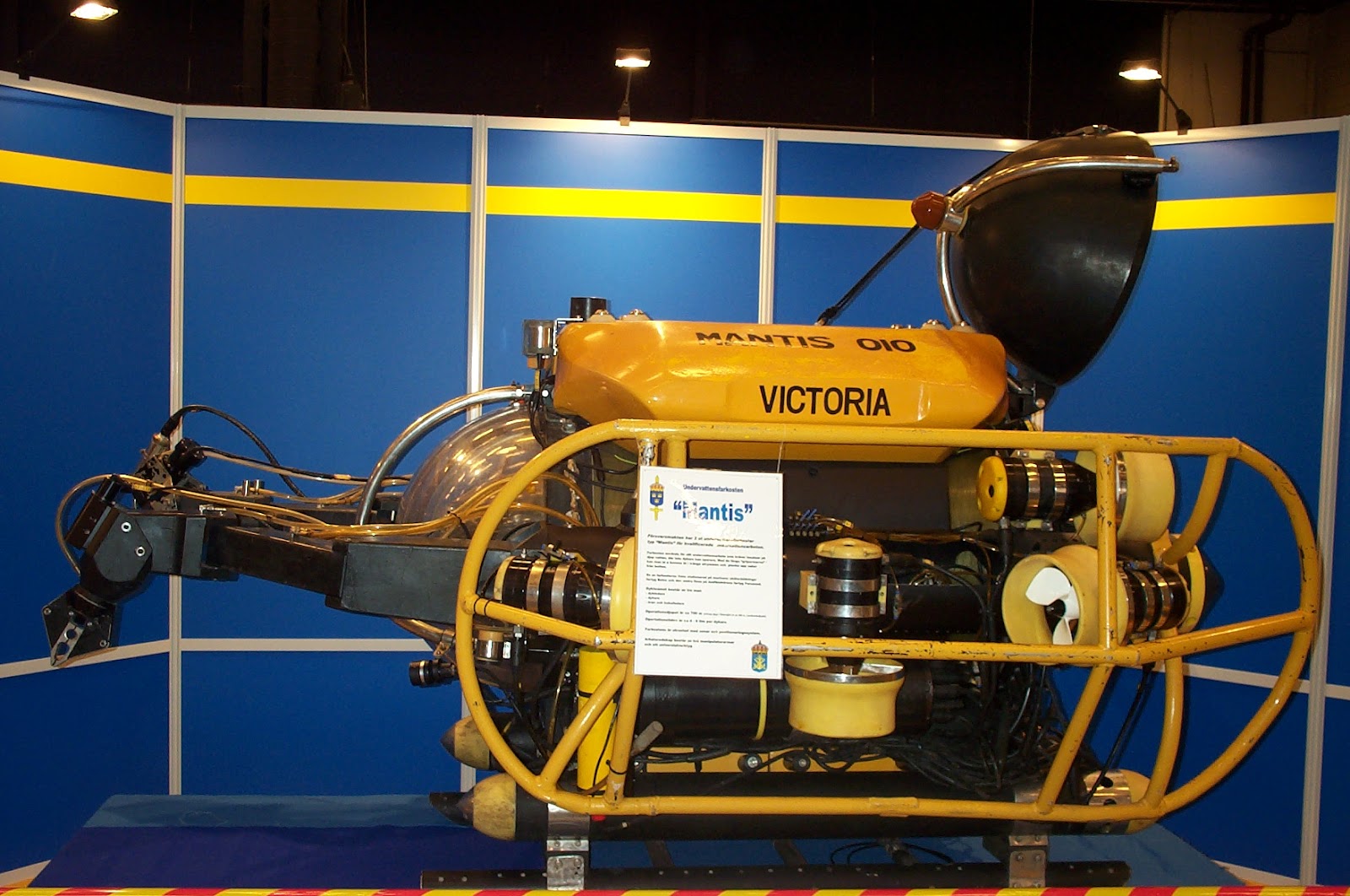 Light Work Class ROVA light work class ROV is similar to work class, but at a slightly smaller form factor. Ideal for moderate to deep depths; the ROV is deployed from ships in lieu of divers to explore. It can be used during inspections to make repairs. Large extensions, such as laser scanners or specialized inspection devices and sensors, can be added on.
Light Work Class ROVA light work class ROV is similar to work class, but at a slightly smaller form factor. Ideal for moderate to deep depths; the ROV is deployed from ships in lieu of divers to explore. It can be used during inspections to make repairs. Large extensions, such as laser scanners or specialized inspection devices and sensors, can be added on.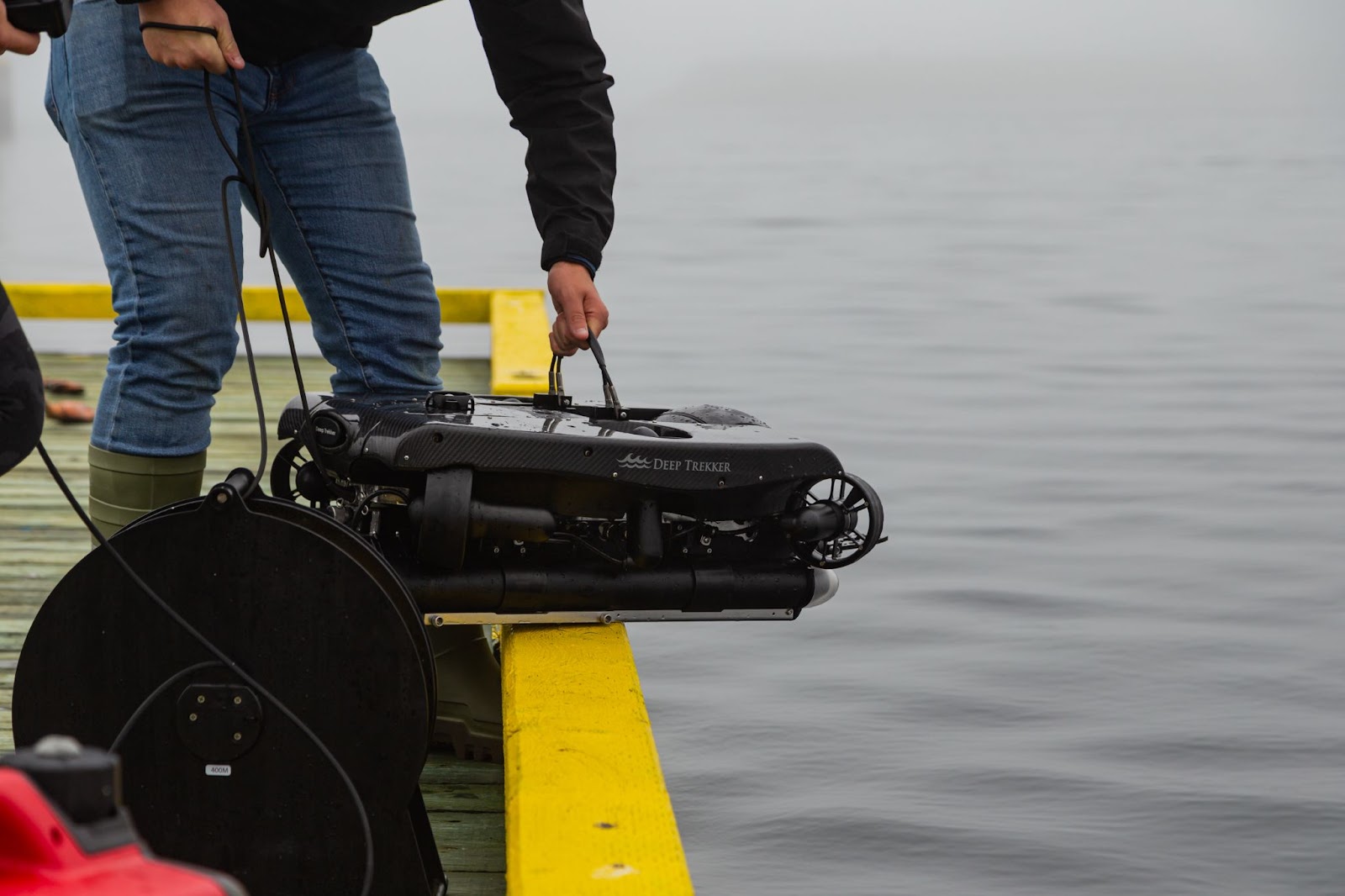 Observation Class ROVAn Observation Class ROV is small in size and easily deployable by hand. They are often used for pre dive checks, conducting visual inspections, and can be equipped with sonar and custom sensors, for versatile applications.
Observation Class ROVAn Observation Class ROV is small in size and easily deployable by hand. They are often used for pre dive checks, conducting visual inspections, and can be equipped with sonar and custom sensors, for versatile applications.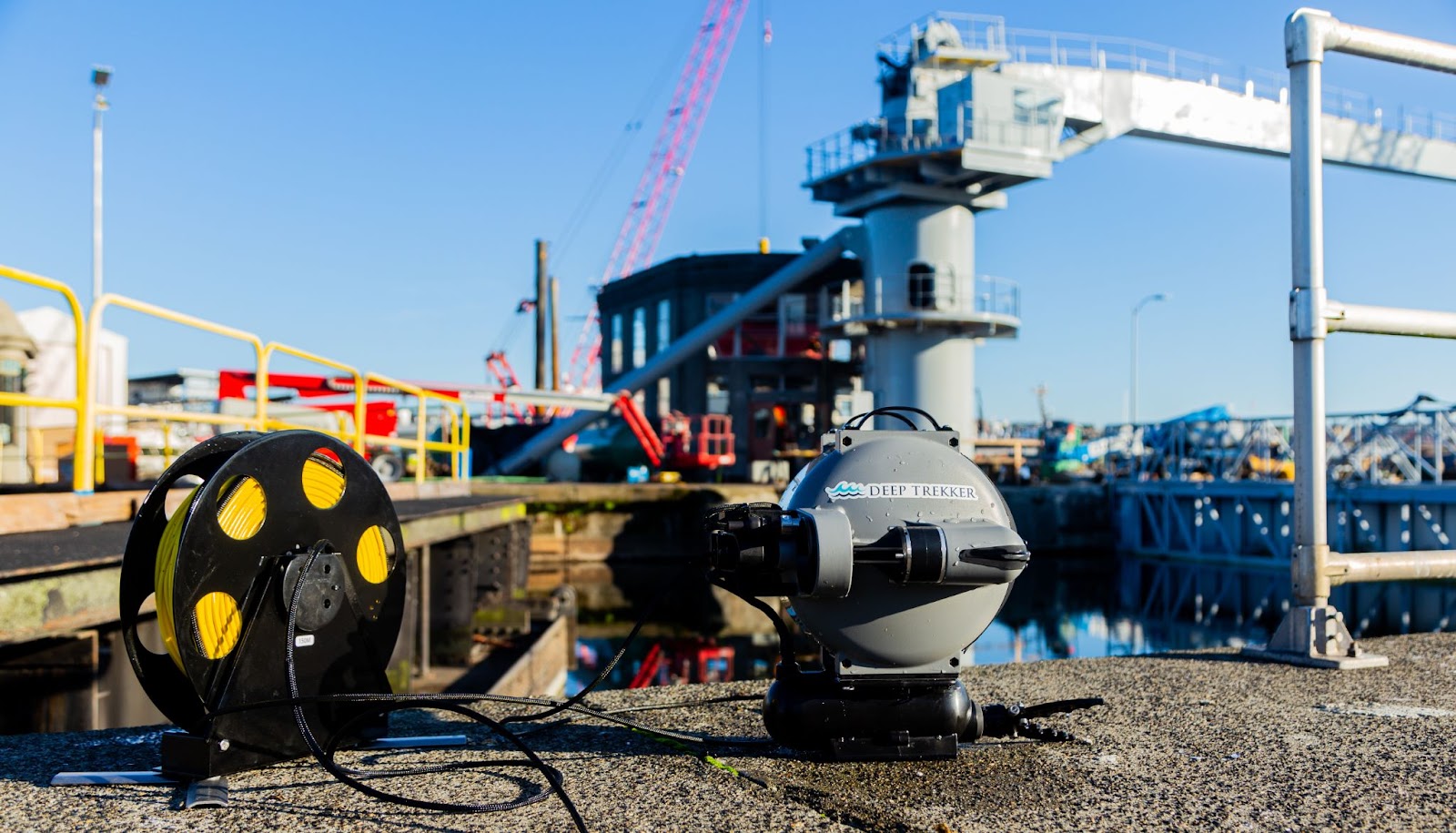 Micro or Mini ROVThe micro or mini ROV is the smallest class, often used for simple inspections of hard to reach areas at shallow depths, such as pipe systems and submerged infrastructure. These lightweight and portable devices are easily transported and can still maintain impressive depths up to nearly 700ft.
Micro or Mini ROVThe micro or mini ROV is the smallest class, often used for simple inspections of hard to reach areas at shallow depths, such as pipe systems and submerged infrastructure. These lightweight and portable devices are easily transported and can still maintain impressive depths up to nearly 700ft.
For optimal economic viability and ease-of-deployment, any pipelines at depths of 1,000ft or less can make use of observation class ROVs. These models generally range between $10,000 – $100,000 USD depending on the features and balance excellent inspection footage with portability. While ROVs may be unable to conduct most repairs, they are an excellent cost-effective tool for monitoring the entire lengths of pipelines. Operators can safely conduct and record inspection footage directly from the platform or off of a small rhib boat.
Aside from pipelines, ROVs can also aid in rig inspections. In open-ocean conditions, free diving can potentially be perilous, making ROVs the ideal solution for quick, safe, and effective underwater inspections. They are commonly used to inspect Hulls, Risers, Legs, Moonpool, Water, Cooling and Ballast Tanks, as well as sea chests.
Talk to us about how ROVs perform quality inspections of underwater pipes CONTACT INDUSTRY SPECIALIST
BENEFITS OF ROV OWNERSHIP OVER CONTRACTING FOR OFFSHORE OIL ROV PIPELINE INSPECTION
Owning an ROV not only offers the clear long-term cost benefits over consistently contracting out inspections, it also provides the benefit of control. Coordinating timelines between external companies can be frustrating at best, and catastrophic in a worst-case scenario where a response is needed immediately. Additionally, internal staff are better suited to make informed decisions during visual inspections rather than a contractor with no familiarity of your structure.
Owning an ROV, especially an observation class, also opens up the door for much more frequent inspections. Deep Trekker ROVs set up in as little as 30 seconds, making it feasible to drop in for rapid inspections of a minor concern. Inspections can be day or night, and go on for as long or as short as needed without worrying about tallying costs. Ownership also enables custom reporting of important data for building an inspection history portfolio.
Adversely, inspection companies owning ROVs is a viable option for safer operations and maintaining competitive costs. Being able to have live video feed to show customers with location systems or imaging sonar can be the key differentiators between competitors.

